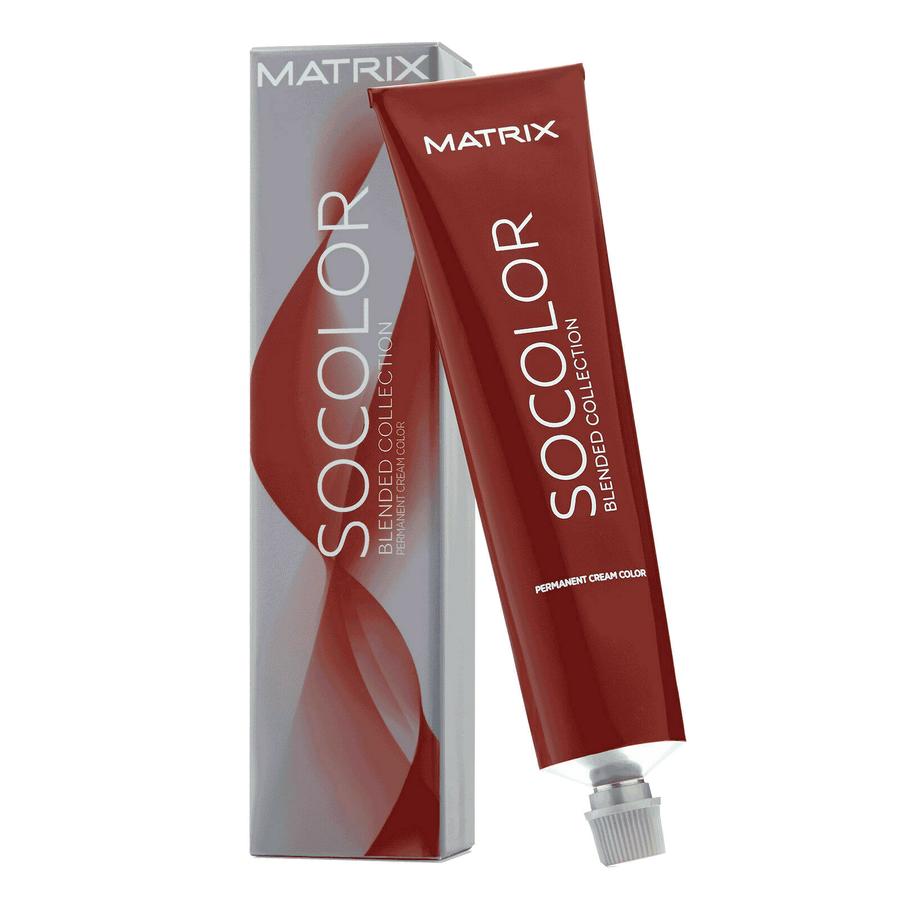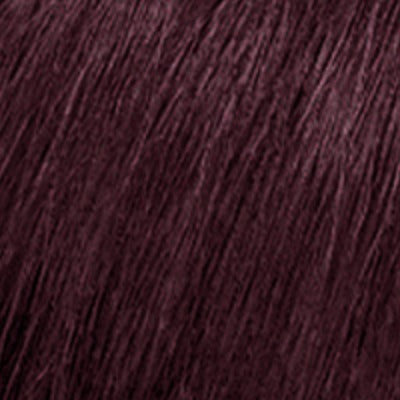Signs Your Styling Products with Keratin Are Causing Build-Up
Choosing the right styling products plays a major role in maintaining healthy, attractive hair. People often look for products that offer both style and care, and keratin-based options have become popular because of their promise to smooth and strengthen hair. However, as beneficial as keratin can be, some styling products with this ingredient may cause unexpected issues like product build-up. This happens when residue from products accumulates on the hair and scalp, which can lead to a variety of hair challenges.
Understanding these challenges helps in maintaining the desired hairstyle without compromise. Build-up can weigh down hair, make it less responsive to styling efforts, and even affect its appearance and texture. By recognizing the signs and knowing how to address them, you can continue enjoying the benefits of your favourite products without compromising your hair’s health.
Signs Your Styling Products with Keratin Are Causing Build-Up
Spotting build-up from styling products can save you time and trouble. Here are some common signs:
- Dull or Greasy Appearance: Shortly after washing, if your hair appears limp, greasy, or lacking shine, build-up might be the culprit. This usually means the products aren’t rinsing out fully, leaving a residue.
- Scalp Irritation or Itchiness: Any irritation or persistent itchiness can be a tell-tale sign of product accumulation. When products settle on the scalp, they can block pores and interfere with natural oil release, causing discomfort.
- Difficulty in Styling or Managing Hair: Hair can become difficult to style or manage when it is laden with build-up. Strands may not hold a curl or style, and could possibly feel heavy or sticky.
- Quick Accumulation of Residue: If you notice a residue building up just a day or two after washing, it likely indicates that your products are leaving behind excess material.
- Increased Frequency of Hair Washing: Needing to wash your hair more frequently than usual to eliminate excess oil or residue is another major sign of build-up. This can disrupt your planned routine, making hairstyling more of a chore.
Identifying these signs early can help you adjust your hair care routine before more serious issues arise. Paying attention to these markers will ensure that your styling remains effective while your hair keeps its health and vibrancy.
How to Identify Build-Up in Your Hair
Recognizing build-up in your hair can be accomplished through a few simple tests. One easy method is the water test. Place a strand of your hair into a glass of water. If it floats, product build-up might be present. Hair without residue usually sinks since clean hair tends to absorb water faster. Another approach is to take a closer look at your hair’s texture. If it feels sticky or has an unusual texture, build-up could be causing the change.
For those uncertain about diagnosing build-up at home, seeking professional advice can be helpful. Hairdressers and trichologists often have more specialized tools and insights to offer. They can provide a scalp analysis or suggest treatments tailored to your hair type and needs. Getting to the root of the problem early can save both time and money in the long run.
Preventing and Treating Build-Up
Preventing build-up requires smart choices in product usage and hair care habits. One of the most effective ways to fight residue is to incorporate a clarifying shampoo. These shampoos are designed to cleanse deeply, removing excess build-up without being too harsh. Using them once every couple of weeks can help keep your hair fresh.
Proper washing techniques are equally important. Make sure to rinse your hair thoroughly with lukewarm water after applying any product. This helps dissolve the residues and ensures no leftover product remains. It’s also wise to avoid heavy keratin products if your hair type isn’t particularly demanding of it, especially if build-up is a recurring issue.
Natural remedies can also play a role in maintaining cleaner hair. Ingredients like apple cider vinegar or baking soda can break down excess oils and residues. However, professional advice can provide guidance on which natural methods are safest and most suitable for your hair.
Alternatives to Heavy Keratin Products
If build-up proves persistent or bothersome, lighter styling products with keratin are worth considering. These alternatives provide many of the smoothing benefits without leaving a heavy residue. Ingredients such as argan oil or shea butter can offer similar smoothing effects for those looking for options outside keratin-based products.
Exploring professional treatments that cater to specific hair needs can also prove beneficial. Salons frequently offer deep-cleansing or detoxifying treatments that help reset your scalp and hair to a healthy baseline. These specialized treatments often work wonders for those frequently contending with product build-up.
Keep Your Hair Build-Up Free and Healthy
A hair care routine devoid of excessive build-up ensures your locks maintain their natural shine and strength. Paying attention to the signs of build-up and opting for appropriate preventive measures keeps styling products working for you, not against you. Keeping track of how your hair responds to different products and adjusting as needed proves invaluable.
Ultimately, achieving build-up-free and healthy hair is about balance. Understanding the signs and knowing how to manage them lets you take advantage of the smoothing benefits of keratin, alongside other hair-healthy practices, without falling into a cycle of overuse. With thoughtful attention to your hair’s needs, your hair can stay vibrant and free from the unwanted effects of build-up.
To maintain vibrant and build-up-free hair, explore our selection of styling products with keratin on Smooth & Charming. These products are designed to help you achieve smooth, manageable hair while minimizing build-up risks. Discover the perfect addition to your routine and keep your hair looking its best.




